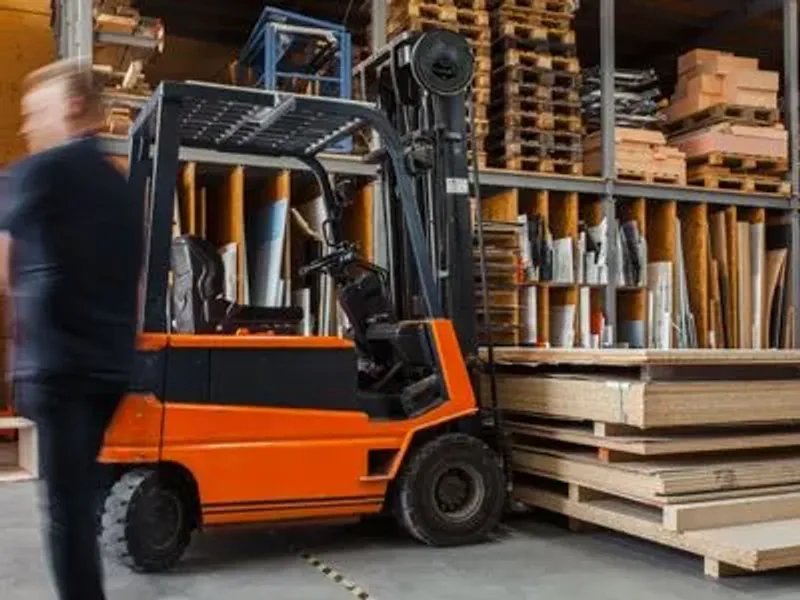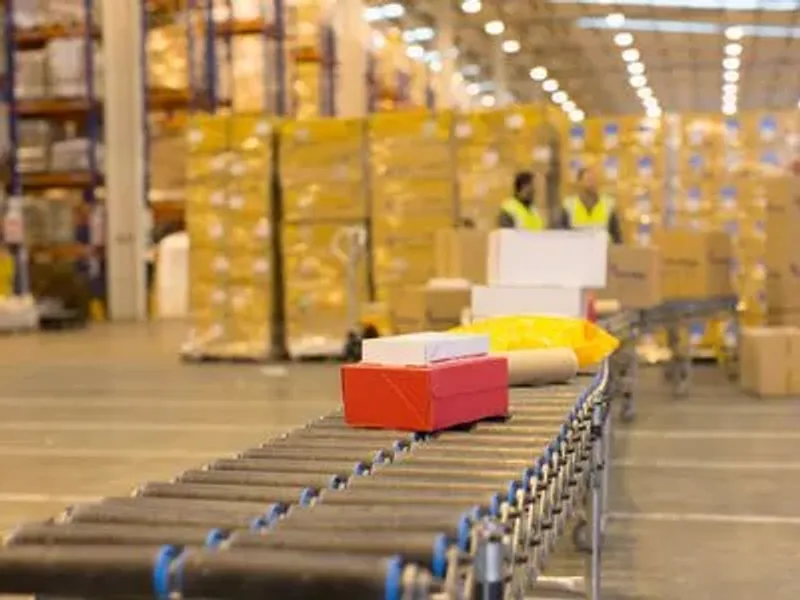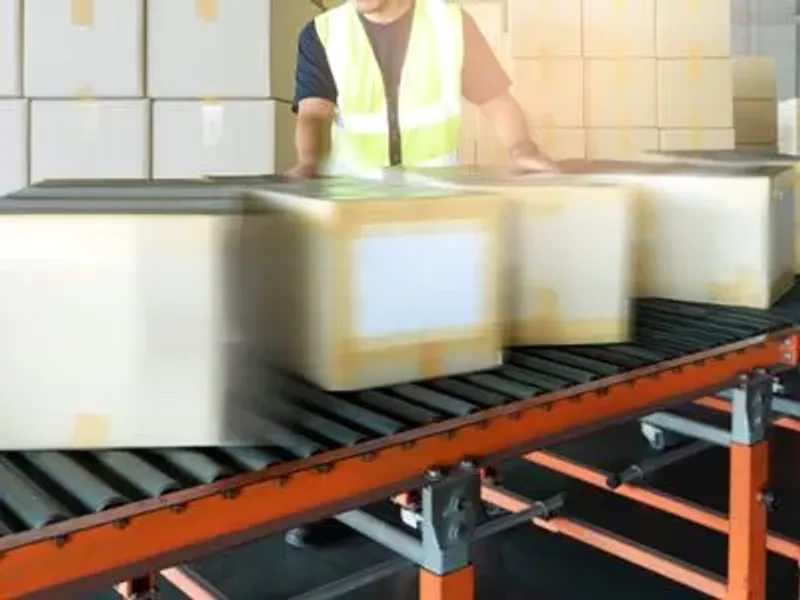Vehicles – Conveyor Systems

Vehicles of Conveyer Systems in the Industry
Industrial trucks are indispensable in the warehouse and logistics. In order for the planning and implementation of the processes to take place, the selection of a suitable industrial truck is of great importance. A wide variety of factors are important in the selection of the right vehicle. Among other things, the width of the corridors, the height of the shelves or the weight of the goods to be moved must be taken into account. According to the different requirements, different industrial trucks are more suitable than others. Thus, they are not universally applicable but only suitable for special requirements. For example, there are non-lifting vehicles such as manual or electric pallet trucks or lifting vehicles such as forklifts or high-lift trucks. When selecting material handling vehicles, it is also important to consider whether the material handling vehicle can achieve the required turnover and is also suitable for use in combination with the type of racking planned. This information can be determined from the data sheets provided by the manufacturers of the vehicles and is fundamental to planning a warehouse. Ultimately, material handling vehicles not only influence efficiency in the warehouse, but also the maximum storage capacity and maximum number of warehouse movements.

Vehicles in Conveyor Systems
Industrial trucks are vehicles used for the internal transport of goods. They can be trackless, track-bound or track-guided and have equipment for lifting and stacking loads. Mainly, these vehicles are used in horizontal goods transport in warehouses and production halls of companies. Probably the best-known and most important industrial truck in industry and commerce is the forklift truck, which belongs to the group of trackless material handling vehicles. The second group includes, for example, trolleys, which, however, are used less frequently in everyday warehouse operations. Instead, track-bound systems, which include driverless transport systems, are more common. Industrial trucks have a high flexibility and are characterized by good maneuverability. At the same time, they require a high level of operating effort, which in some cases is offset by a considerable amount of maintenance. Industrial trucks are moved along paths between stored goods. They are moved either by manual muscle power or automated by electric, diesel or gas engines. Smaller industrial trucks such as pallet trucks do not require a forklift license, whereas forklifts do.

Align Processes Quickly, Flexibly and Cost-effectively
The goal of companies is to align their processes quickly and flexibly with the highest possible cost efficiency. One challenge here is digitalisation. In implementation, there are various factors that are decisive for the use of different conveyor technologies: For example, a distinction is made between continuous and discontinuous conveyors. Continuous conveyors are primarily belt, roller and chain conveyors. These convey units from one place to another and by generating a continuous transport flow, the transport usually takes place without interruptions. These techniques are characterised by efficiency. Undercutting conveyors are conveyor systems in which a decision is made directly in the control system as to whether a transport object is to be conveyed from a to b. Undercutting conveyors are mainly fork-lift and chain conveyors. These are mainly forklift trucks, cranes and mobile transport systems. Due to manual control and loading and unloading phases, empty runs or temporary stops may occur. The most important conveyor technologies include stacker cranes for picking and placing goods, shuttle systems to enable many picks in the shortest possible time and floor conveyor systems.

Movement of Work Objects and People by Means of Technical Aids
Conveying technology describes the movement of work objects and people by means of technical aids. Conveying technology includes not only the technology of moving, but also the teaching of conveying equipment and the systems developed through it. In companies, materials handling technology plays a central role and is of particular importance for the flow of materials. It comes into play in almost all areas of a process chain: in production, it ensures the processing and distribution of goods and that goods can be issued, delivered, stored and finally picked. In the process, the movement of the objects to be transported can take place in any direction and over a limited distance. Depending on the business model and industry, the conveyor technology can be customised. The most common conveyor technologies include belt conveyors, roller conveyors, powered roller conveyors or overhead conveyors. If conveyor technology is implemented sustainably in practice, it has the advantage of saving space and time, providing flexibility, increasing added value and optimising the reliability of the processes. Another advantage is that it can be customised; modern technologies in particular make this possible. In the course of digitalisation and the increased use of modern control and computer technologies, materials handling technology is subject to constant change and development. At the same time, the importance of logistics is also growing and the use of new materials means that new designs and techniques are constantly being developed.